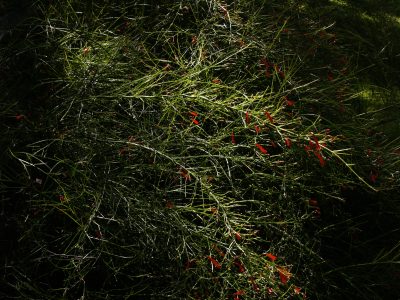Why do flowers turn to the sun?
With some plants this is more noticeable than others. The most striking example may be sunflowers, whose sunny faces can be seen to move, ever so slowly, across the horizon perfectly in step with the sun’s arc.
If you’re an aspiring plant nerd and you want to impress your friends with your amazing botanical knowledge, this phenomenon is known in scientific terms as heliotropism.
And along with its scientific name, there is a highly scientific explanation for how certain plants achieve this somewhat amazing feat of movement. Basically, certain cells in the plant, like in sunflowers, at the base of the flower stalk, respond to the blue wavelength of sunlight by changing the water pressure in those basal cells, allowing the cells to stretch and turn.
This maximizes the plant’s ability to capture sunlight, and so it maximizes photosynthesis. But there are also times when plants want LESS sun, so heliotropism allows them to change the orientation of their leaves to avoid the harshest rays when the sun is directly overhead. Amazing!








 Ann Matthews
Ann Matthews Lauren Springer Ogden and Scott Ogden
Lauren Springer Ogden and Scott Ogden Daphne Richards
Daphne Richards
 Merrideth Jiles
Merrideth Jiles